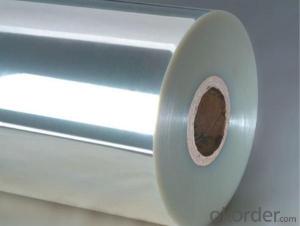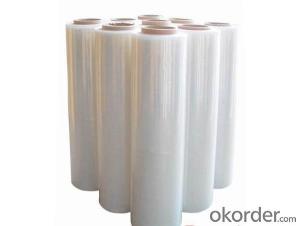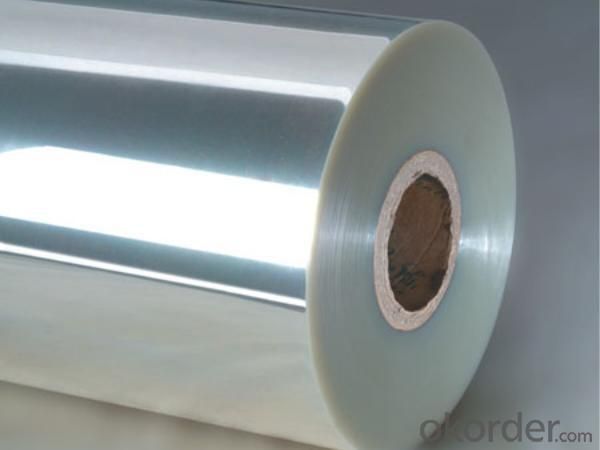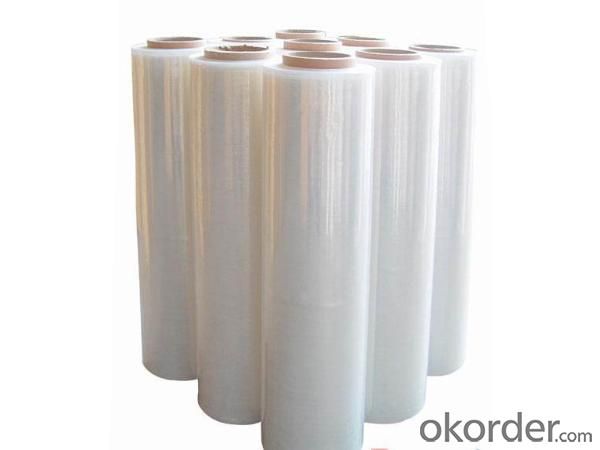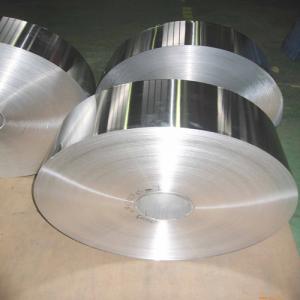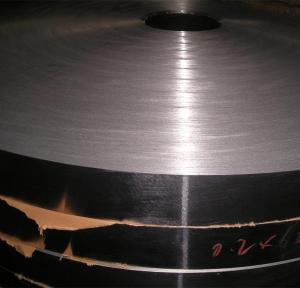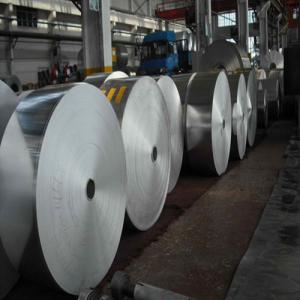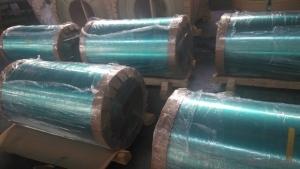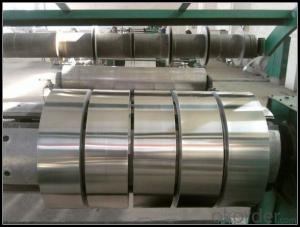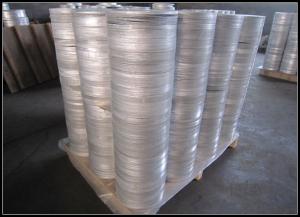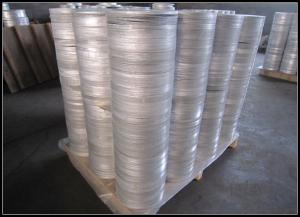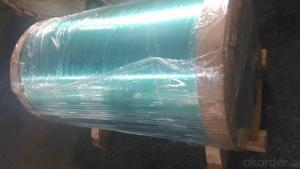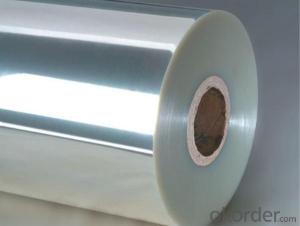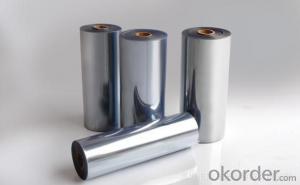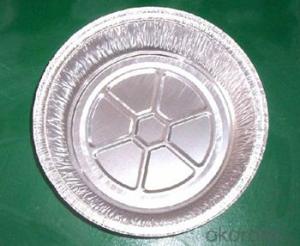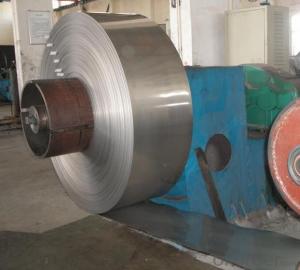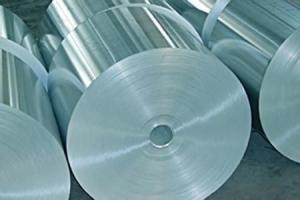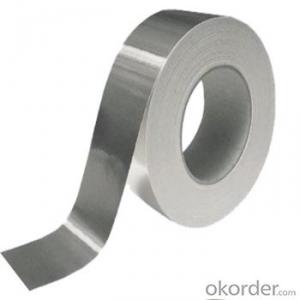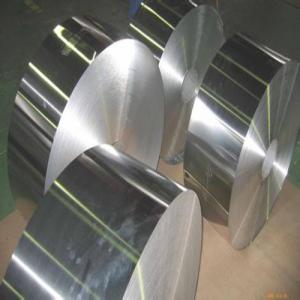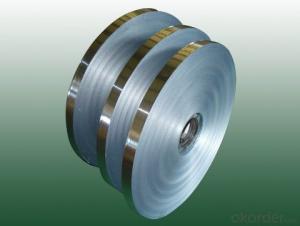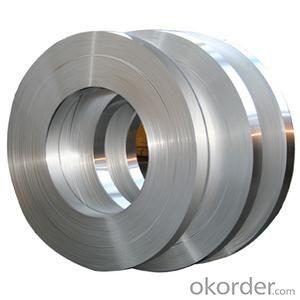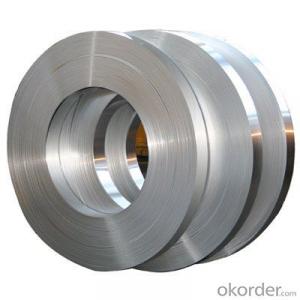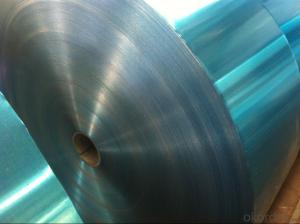1.8mm Aluminum Strips for Household Foil in Good Quality
- Loading Port:
- Shanghai
- Payment Terms:
- TT OR LC
- Min Order Qty:
- 1 m.t.
- Supply Capability:
- 1000 m.t./month
OKorder Service Pledge
OKorder Financial Service
You Might Also Like
Specification
Aluminum foil because of its excellent characteristics, widely used in food, drinks, cigarettes, drugs, photographic plate, household products etc., are usually used as the packaging materials;Electrolytic capacitor materials;Buildings, vehicles, ships, houses and other insulation materials;Also can be used as the gold and silver line decoration, wallpaper and all kinds of stationery printing and packaging trademark of light industrial products, etc.In the above a variety of purposes, is the most effective use of the aluminum foil performance points can be as packaging material.Aluminum foil is soft metal film, not only has the moisture, airtight, shading, resistant to abrasion, incense, and the advantages of non-toxic, tasteless, but also because it has elegant silvery white luster。
2)Main features of the PE Composite with Aluminium Foil and Paper:
. Flexible and durable
. Light and easy to transport
. Fast delivery
. Item shipped from Dubai warehouse
3)PE Composite with Aluminium Foil and Paper Images:
Model | HSCG-450X2 | |
T-shirt bag | Width | 200-400mm |
Length | 300-600mm | |
Thickness of film | 0.01-0.05mm | |
Speed | 250-300pcs/min | |
Machine | Weight | 2600kg |
Power | 12.5kw | |
Air compression | 10hp | |
Dimensions | 7000x1600x1800mm | |
4)PE Composite with Aluminium Foil and Paper Specification:
Thinkness: 0.009-0.05mm
Dimension:82*76.2*1000mm
Weight : 10kg
Color: transparent
5)FAQ of PE Composite with Aluminium Foil and Paper:
1. 30% T/T advance , then balance before shipment or against BL copy. Or 30% L/C payment, balanced duaring 30-60 days.
2. The other specific issues can be negociated.
3. Any problem, feel free to contact us. We will reply as soon as possible.
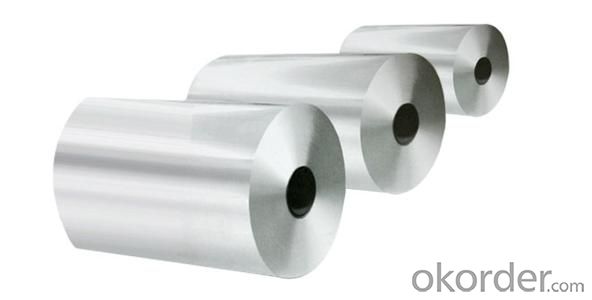

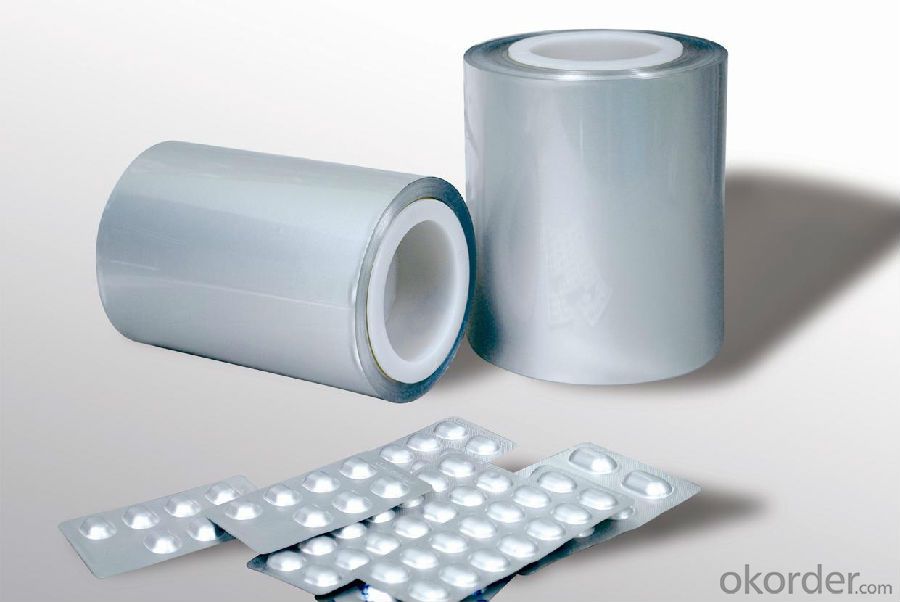
- Q: This question asks for a list of various types of aluminum components used in the automotive industry.
- <p>Aluminum is widely used in the automotive industry due to its lightweight and high strength. Different types of automotive aluminum parts include engine components such as cylinder heads and blocks, transmission housings, suspension parts like control arms and knuckles, wheels and rims, body panels, and doors. Other applications include heat exchangers, radiators, and various brackets and structural components. The use of aluminum can significantly reduce the weight of vehicles, improving fuel efficiency and performance.</p>
- Q: 1060 what is the hardness of aluminum strip?
- Brinell hardness measurement method is to use a hardened steel ball, such as the diameter of 5 mm steel ball, with a certain force into the parts or material surface, and then measure the indentation size, read the hardness value.
- Q: This question asks for the most suitable type of aluminum strip for outdoor applications.
- <p>The best type of aluminum strip for exterior use is typically 3003-H14 alloy. This alloy is known for its excellent corrosion resistance, which is crucial for outdoor applications where the strip may be exposed to various weather conditions. It also offers good formability, making it easy to shape and bend for various construction and architectural purposes. Additionally, 3003-H14 aluminum strip has good weldability, which is beneficial for applications where joining is required. It is commonly used for roofing, siding, and other exterior applications due to its durability and weather-resistant properties.</p>
- Q: Is it possible to use aluminum strips as a material for roofing purposes?
- <p>Yes, aluminum strips can be used for roofing. They are known for their durability, corrosion resistance, and lightweight properties, making them a popular choice for metal roofing. Aluminum roofing strips are low maintenance, energy-efficient, and can be recycled, offering environmental benefits. They are also resistant to harsh weather conditions and can last for several decades with proper installation and care.</p>
- Q: What specific tools are required for the installation of aluminum strips on a roof or wall?
- <p>To install aluminum strips on a roof or wall, you generally need a few special tools. These include a measuring tape for precise measurements, a level to ensure the strips are straight, a drill for making holes, and screws or nails for securing the strips. A utility knife may be required for cutting the strips to size, and a pry bar can help with positioning. Safety equipment like gloves and goggles is also essential to protect against sharp edges and debris.</p>
- Q: What's the specialty of aluminum strip rolling?
- Now, metal pressure processing profession, undergraduate course is called material forming and control major, master and doctor stage is called material processing engineering.
- Q: Does aluminum corrode in a manner similar to rusting?
- <p>Aluminum does not rust in the same way as iron or steel. Instead, aluminum reacts with oxygen in the air to form a thin, protective layer of aluminum oxide on its surface. This oxide layer prevents further corrosion, unlike rust which can compromise the integrity of iron and steel. While aluminum can tarnish or become discolored due to exposure to certain elements or chemicals, it does not rust in the traditional sense.</p>
- Q: Is it possible to substitute aluminum strips with other metal sheets in construction projects?
- <p>Yes, you can use different types of metal sheets in place of aluminum strips in your construction projects, depending on the specific requirements. Metals like steel, stainless steel, and copper can be used as alternatives. Each metal has unique properties such as strength, weight, corrosion resistance, and thermal conductivity, which can affect the project's performance and longevity. It's crucial to consider the environmental conditions, load-bearing requirements, and cost implications when choosing an alternative to aluminum. Always consult with a structural engineer or a material expert to ensure the chosen metal meets the project's needs.</p>
- Q: This question asks for a method to accurately measure the length of aluminum strips.
- <p>To accurately measure the length of aluminum strips, use a digital caliper or a steel ruler with a high degree of precision. Place the strip on a flat surface and align the measuring tool with one end of the strip. Ensure the strip is straight and not bent. Gently extend the measuring tool along the strip until you reach the other end. Take note of the measurement displayed. For best accuracy, measure from the same point on both ends of the strip and repeat the process a few times to account for any potential parallax error. If the strip is very long, consider using a measuring tape with a fine scale. Always check your measuring tool for any wear or damage that could affect accuracy.</p>
- Q: What are the positive impacts on the environment when aluminum strips are used?
- <p>The environmental benefits of using aluminum strips include their recyclability, which reduces waste and conserves resources. Aluminum is highly recyclable, and its recycling process requires significantly less energy compared to producing new aluminum from raw materials. This leads to reduced greenhouse gas emissions and lower energy consumption. Additionally, aluminum strips are lightweight, which can decrease the carbon footprint associated with transportation. They are also corrosion-resistant, reducing the need for maintenance and replacement, and can be used in various applications, such as construction and packaging, to create more sustainable and eco-friendly products.</p>
Send your message to us
1.8mm Aluminum Strips for Household Foil in Good Quality
- Loading Port:
- Shanghai
- Payment Terms:
- TT OR LC
- Min Order Qty:
- 1 m.t.
- Supply Capability:
- 1000 m.t./month
OKorder Service Pledge
OKorder Financial Service
Similar products
Hot products
Hot Searches
Related keywords
